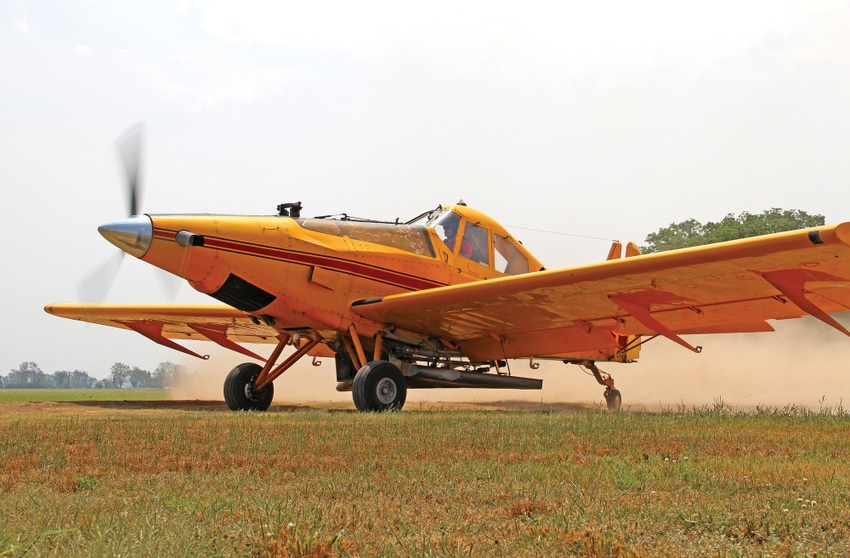March 29, 2013

Over the past several weeks I have received telephone calls along the lines of “what is going on with the aerial label for Command in Arkansas?” I have talked to folks who thought the 24-C aerial label had been cancelled and it could not be aerially applied this year and to others who said their applicators had said they would not apply it until further notice.
Nothing has changed in regards to the aerial label for Command in 2013 relative to previous years. What did happen was a single incident in which the interpretation of a statement on the Command label was brought into question, resulting in a liability concern among aerial applicators.
The 24-C label contains a statement that essentially says to avoid applications within 300 feet of desirable plants. It has been on the label all these years, and I was not aware it had ever been called into question. That statement could be interpreted as a buffer zone.
Buffer zones or buffer statements are present on a lot of herbicide labels and in some state plant board regulations. Most are rather specific, such as those for 2,4-D on cotton or Facet on tomatoes. Some are specific to towns or municipalities rather than crops. Some of the buffers also take into account whether wind is blowing toward or away from whatever the buffer is intended to protect.
Check Rough Rice Futures Prices
Admittedly the statement on the Command label is more nebulous than most I have seen. The word “desirable” is more difficult to define and means different things to different people — often depending upon whom the vegetation belongs to.
One thing for certain is neither the Arkansas State Plant Board nor FMC Corporation intended for the statement or interpretation of the statement to place a 300-foot unsprayed buffer around every rice field in Arkansas — which is what the strictest interpretation could do. That would create a herbicide resistance nightmare among a lot of other things.
A couple of things have happened recently. FMC has prepared a fact sheet clarifying what I stated above — that is nothing has changed about the Command label for 2013. All of the uses, including aerial application, of Command and all approved tank mixtures remain approved.
George Tidwell, Arkansas State Plant Board chairman and aerial applicator recently sent a letter to fellow applicators stating the specific incident was tabled for further study and review to allow us to get on with the 2013 growing season.
A more defined interpretation would be: if you keep the Command on the target area, there should not be an issue. If there is an off-target issue, then a buffer zone violation could well accompany that just as in the past with Command and other herbicides. This is a commonsense approach on the part of everyone involved.
Typically, buffer zone violations are issued when a documented off-target issue has occurred and the application was closer than the buffer allowed. Through the years, off-target complaints on Command have been few and far between.
What I have attempted here is “Ford’s” interpretation of the situation to slow the phone calls. I work for neither FMC nor the Arkansas State Plant Board, although I have been involved in a lot of dialog about this situation. That dialog is being continued to better clarify the statement on the label, the interpretation and enforcement of the statement, or both.
In the meantime, we have a rice crop to make and need to be able to apply Command and mixtures of Command by both aerial and ground application. In that process we cannot leave unsprayed buffers around rice fields, nor can we let the herbicide drift off target and affect someone else’s property.
While it may take two or three different trips to the field with two to three different wind directions to get it done, applicators in Arkansas have an excellent track record of doing that, and I expect 2013 to be no different.
You might also like:
First-day corn planting always a challenge
About the Author(s)
You May Also Like




